by: Mark Kermode
Despite all the big-budget superhero movies, the past 12 months have boasted a roll call of great independent films, with audiences able to choose from among a raft of formats to see them
Carol Morley’s The Falling.
Is the gender bar finally starting to crack? Carol Morley’s The Falling.
Mark Kermode, Observer film critic
@KermodeMovie
Mon 26 Oct 2015 06.00 EDT
29
There is no cliche more tired than the oft-repeated assertion that cinema isn’t what it used to be – that “modern movies” are somehow less adventurous than their predecessors, and the celluloid landscape was once more diverse than it is today. It’s a claim you hear throughout the industry, from the critics who complain about a constant diet of franchised superhero blockbusters to A-list Hollywood stars such as Dustin Hoffman who declared “it’s the worst that film has ever been” in 50 years.
Certainly if you take box office as the only indicator, it’s possible to form a depressing view of contemporary cinema in which the most significant movies of 2014 were Transformers: Age of Extinction, Captain America: The Winter Soldier, X-Men: Days of Future Past and The Hunger Games: Mockingjay – Part 1. Yet far from being a homogenised mass of teen-franchised Hollywood fare, the movies released in the UK in 2015 represent a dizzyingly diverse smorgasbord of international talent in which – for those wishing to go the extra mile – there are delights aplenty to be found.
Nadine Marshall and Kai Francis-Lewis in Second Coming.
Nadine Marshall and Kai Francis-Lewis in Second Coming. Photograph: Publicity image from film company
Look at the evidence. Among the movies that have played the UK independent or “arthouse” circuit this year are: Céline Sciamma’s Girlhood, a vibrant evocation of Parisian banlieue life; Carol Morley’s The Falling, a sublime tale of mass fainting which evokes both Peter Weir’s Picnic at Hanging Rock and Nicolas Roeg’s Don’t Look Now; debbie tucker green’s Second Coming, a suburban British drama with a boldly mysterious quasi-Biblical twist; A Girl Walks Home Alone at Night, the attention-grabbing monochrome first feature from Ana Lily Amirpour, which was billed as “the first Iranian vampire western” (even though it was shot in America); and Suffragette, Sarah Gavron’s adaptation of Abi Morgan’s empowering script, which opened the London Film Festival earlier this month.
Brad Pitt sues ex-wife Angelina Jolie for selling stake in French winery
A key theme of the festival this year was the role of women in film, with Geena Davis headlining a symposium on gender imbalance in the media, and festival director Clare Stewart highlighting the need “to support women directors across the chain – not just in development but all the way through to making sure there’s equity in opportunities for the films to be screened”. There’s no doubt that the history of cinema has been blighted by male bias: it took the Oscars eight decades to award their top prize to a female film-maker, with Kathryn Bigelow’s The Hurt Locker scooping best film and best director in 2010. But perhaps we can take heart from the fact that so many of this year’s most exciting films have been helmed by women. Maybe the industry’s long-established gender bar is finally starting to crack.
Documentaries continue to thrive too, with Asif Kapadia’s Amy becoming the highest-grossing British-made documentary in UK cinemas. Other recent home-grown non-fiction gems have included Jeanie Finlay’s bizarrely poignant Orion: The Man Who Would Be King, the story of an American singer who wanted to be so much more than an Elvis impersonator; Julien Temple’s supremely life-affirming The Ecstasy of Wilko Johnson, which documented the guitarist’s acceptance of imminent death and unexpected reprieve from a diagnosis of terminal cancer; and Sean McAllister’s heart-breaking A Syrian Love Story, which delved behind the headlines to examine the personal impact of conflict on a family torn apart by political oppression.
Amy Winehouse, as seen in Asif Kapadia’s documentary
Amy Winehouse, as seen in Asif Kapadia’s documentary. Photograph: Allstar Picture Library
Advertisement
Meanwhile, the Bigelow-produced US documentary Cartel Land gave dramatic features such as Sicario a run for their money with its depiction of vigilante groups on both sides of the US/Mexican border taking the law into their own hands in the hellish battle with drug cartels.
There’s further cause for rejoicing when one surveys the state of international animation, which seems to be experiencing a new golden age. While Hayao Miyazaki’s The Wind Rises and Isao Takahata’s The Tale of the Princess Kaguya provided poignant swan-songs for Studio Ghibli, 2015 saw the release of Pixar’s 3D digital animation Inside Out, which may yet become the first animated feature ever to win the Oscar for best picture. Loved by audiences and critics alike, this depiction of the emotional traumas of childhood is a miracle, a genuine “family film” that has won the hearts of youngsters and oldies alike. At the time of writing, its Academy Awards odds are shortening by the day. Will 2016 be the year when animation is finally acknowledged as something other than a childish adjunct to the more serious trajectories of “live action” movies?
Perhaps more than any other area of movie-making, animation demonstrates perfectly how the old and the new, past and future, can coexist. With home-grown stop-motion treats like Aardman’s Shaun the Sheep finding a firm foothold in the multiplexes, Tomm Moore’s breath-taking Song of the Sea taking inspiration from the hand-crafted 2D artistry of Ghibli and Sylvain Chomet, and Laika studios continuing to blur the line between the physical and the digital with scrungy delights like The Boxtrolls, it’s hard to remember a time when ancient skills and newfangled advances were so intertwined.
Inside Out: a possible contender for best fIlm 2016?
Inside Out: a possible contender for best fIlm 2016? Photograph: Pixar/Allstar/Disney/Picar
This intermingling of past and present technologies can be found filtering its way throughout the film industry. Toward the end of last year, a group of high-profile directors including Christopher Nolan and Martin Scorsese helped to secure a deal with the major Hollywood studios which would ensure that Kodak continued to produce 35mm film stock for the foreseeable future.
While digital cameras are considered by some to be a better alternative to their photo-chemical predecessors, directors such as Paul Thomas Anderson, Quentin Tarantino and JJ Abrams continue to shoot on film, preferring depth and richness of image to economic efficiency and technical malleability. Crucially, both formats are now available – for the time being – meaning that film-makers can choose to originate on film or digital, or a combination of the two. As Kodak chief executive Jeff Clarke said in a statement in February: “Film has long been – and will remain – a vital part of our culture. With the support of the studios we will continue to produce motion picture film, with its unparalleled richness and unique textures, to enable film-makers to tell their stories and demonstrate their art.”
Changes are afoot in distribution too. Although most mainstream cinemas have converted to digital projection (a format that has allowed lower-budget films to be exhibited without the restrictive costs of producing and shipping prints), several UK cinemas retain the skill and technology to project film, boosted by the efforts of Christopher Nolan who ensured that celluloid prints of Interstellar (35mm, 70mm, and 70mm Imax) opened in advance of their digital counterparts. Tarantino’s high-profile The Hateful Eight is being distributed in a 70mm “roadshow” version in December.
Meanwhile, on the digital front, the advent of laser projection has helped to overcome some of the light-loss issues traditionally associated with stereoscopy. Anyone who saw Robert Zemeckis’s vertiginous drama The Walk in pin-sharp laser-projected Imax 3D will know that the only thing darkening the image would be the fact that you’re hiding your eyes behind your hands as Joseph Gordon-Levitt’s Philippe Petit steps out on to the Twin Towers high wire.
Such advances are being made at a time when the very way in which we view movies is in flux. This month, the powerful drama Beasts of No Nation received a near-simultaneous theatrical and Netflix streaming release in the UK, a development that has ruffled the feathers of some exhibitors who demand a clearly defined “window” in which a movie can only be seen in cinemas. Yet with the rise of “on demand” services such as Curzon Home Cinema and the BFI-Player, viewers are becoming increasingly used to the idea that they can choose whether to watch a movie at home or in a theatre.
In 2013, Ben Wheatley’s ground-breaking A Field in England was released simultaneously across a range of platforms (free-to-air TV, video-on-demand, DVD, cinemas) “enabling viewers to decide how, where and when to view the film”. Rather than scuppering its theatrical life, A Field in England was deemed to have performed as well in cinemas as it would have done without the other platforms – perhaps even slightly better. Since then, lovers of independent, arthouse and foreign language movies who don’t have access to a local alternative cinema have increasingly turned to streaming services to broaden their cinematic landscape.
Like it or not, simultaneous distribution is the future. We are moving towards an environment wherein audiences will decide whether to watch a film on the phone, their laptop, their television or projected on the big screen in a cinema. With more films – and, hopefully, more varied films – vying for our attention, the keyword for audiences in the 21st century is “choice”. The future of cinema is in our hands, and will be defined by what, how and where we watch. Let’s choose wisely!
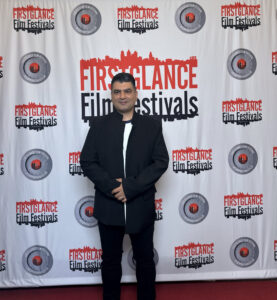

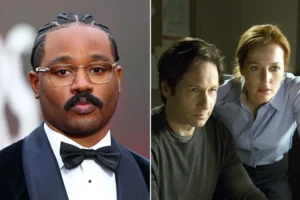

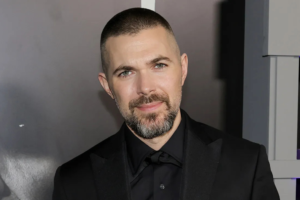



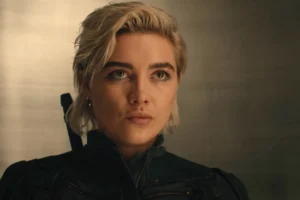

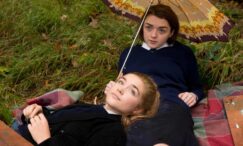
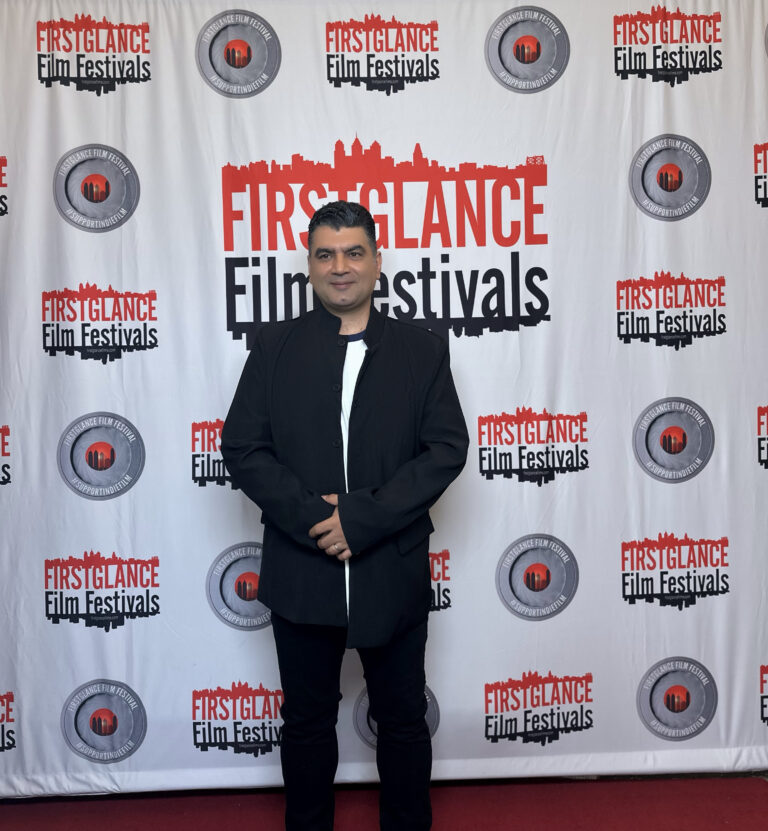
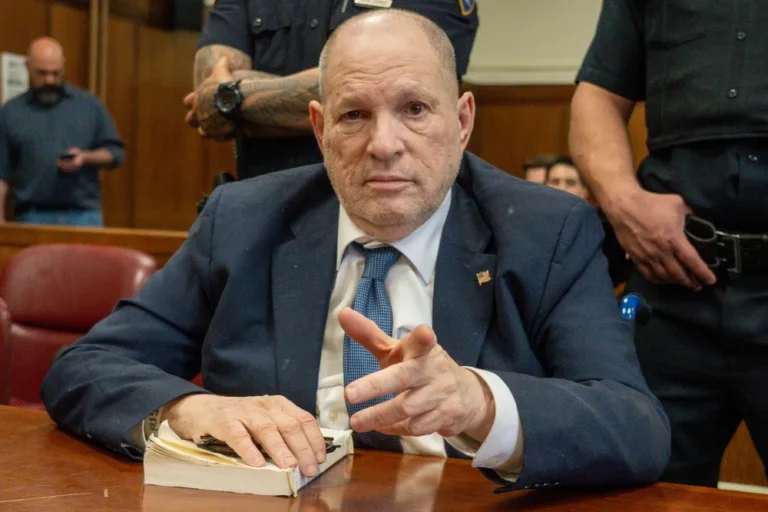


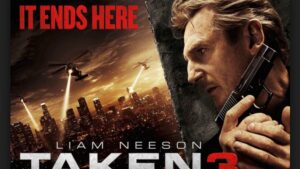
+ There are no comments
Add yours